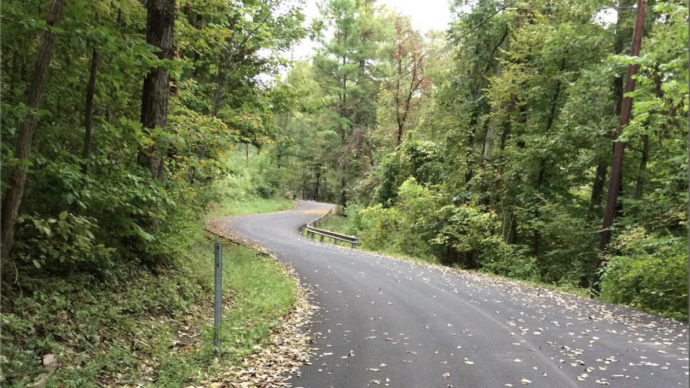Transition simply means movement from one state to another. Although a student will experience several transitions throughout his or his educational experience, special education law requires specific procedures for two transitions:
- the transition from early intervention (Part C of the Individuals with Disabilities Education Improvement Act [IDEIA] for infants and toddlers with disabilities or developmental delays) to preschool/school (Part B of the IDEIA for children with disabilities ages 3 through 22 years) and
- the transition from high school (Part B of the IDEIA for children with disabilities up until age 22 years) to post-school environments.
I am interested in the latter transition.
My interest in transition began when I was a middle school special education teacher of students with moderate to severe disabilities. After teaching a group of students for three years, it was time for them to transition to the high school. I cared about these students deeply, and I began to think about what was going to happen to them once they exited high school as adults. Will they be able to get and hold a job? How independent will they become? What will happen to them when their parents are no longer alive? Will they have lives that they enjoy?
Eventually, I ended up in graduate school. I learned about self-determination and how it’s related to positive post-school outcomes for individuals with disabilities. How exciting is it to help a student learn more about herself and set goals for her future? Extremely. I learned that instead of primarily focusing on remediating a student’s deficits, special educators should also build on a student’s strengths. How rewarding is it to help a student realize he has strengths and aptitudes he can build upon? Exceedingly. These are things that keep me excited about teaching and researching transition.
